Researchers have discovered a single-molecule “switch” that can act like a transistor and offers the potential to store binary information.
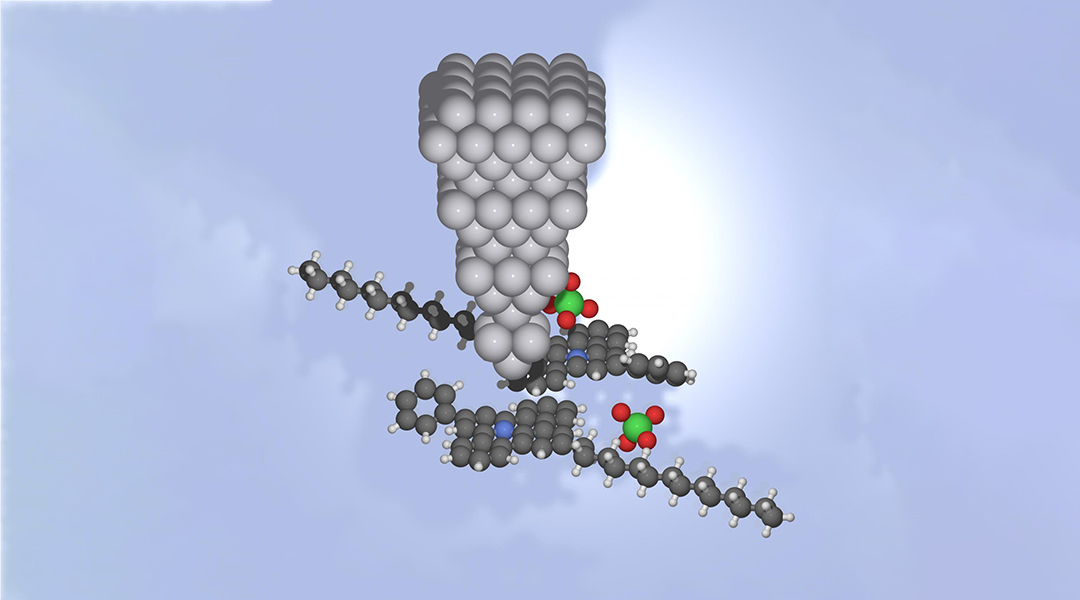

Researchers have discovered a single-molecule “switch” that can act like a transistor and offers the potential to store binary information.
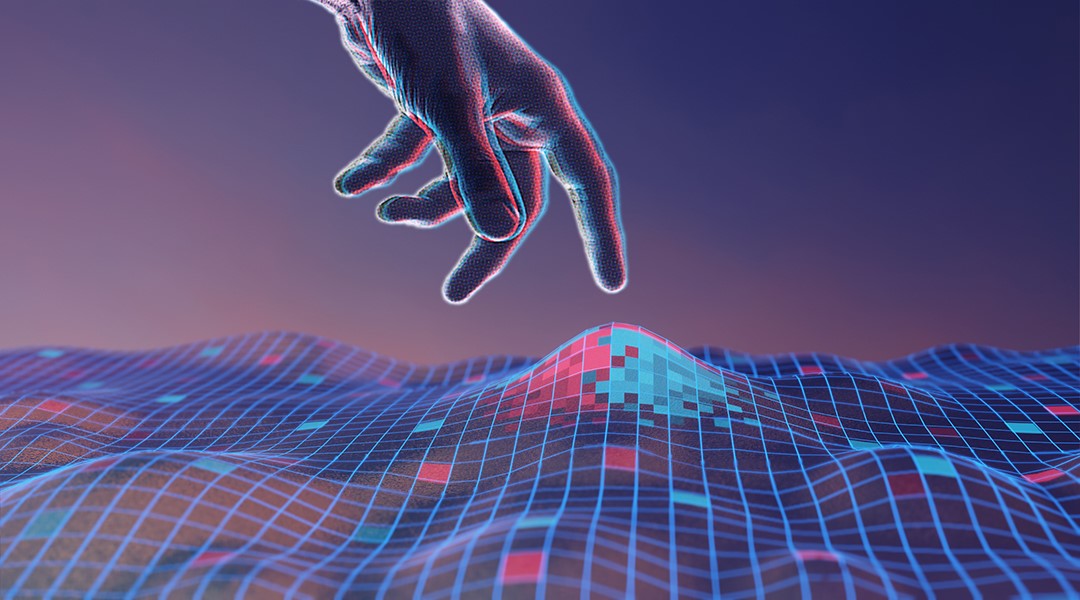
A transparent and stretchable touch sensor could enable robust touch input mapping under either static or dynamic deformation.

An exciting and exotic approach to minimizing error in quantum computation re-purposes a known code to achieve what many researchers thought was impossible.

Researchers discuss how to extract valuable information from databases to aid decision making in emergencies, such as the current pandemic.

Flexible perovskite photovoltaic cells on ultra-thin glass achieve remarkable efficiencies under indoor illumination.
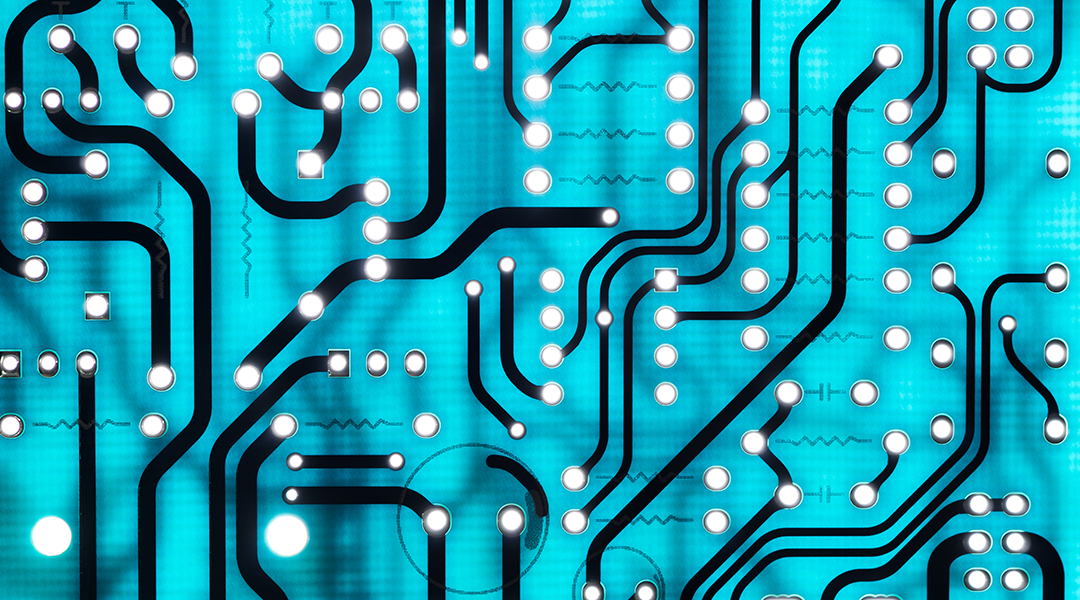
Bridging the gap between biology and electronics, researchers develop biocompatible materials for next generation biosensors, cell monitoring, neuromorphic computing, and more.
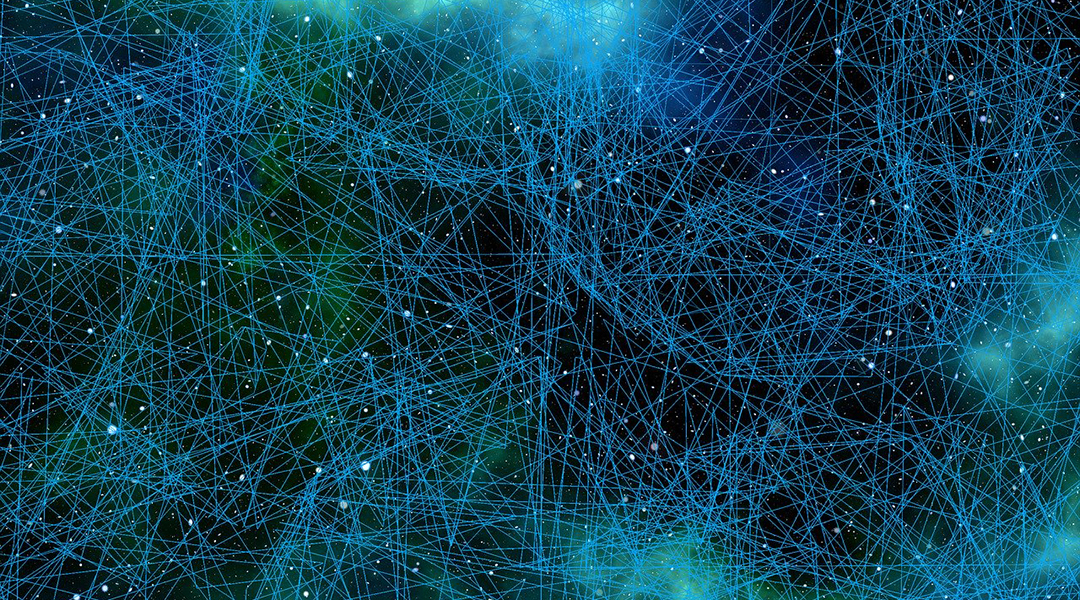
Controlling the probability of a series of seemingly random events is the key to mimicking the human brain to optimize neuromorphic learning.
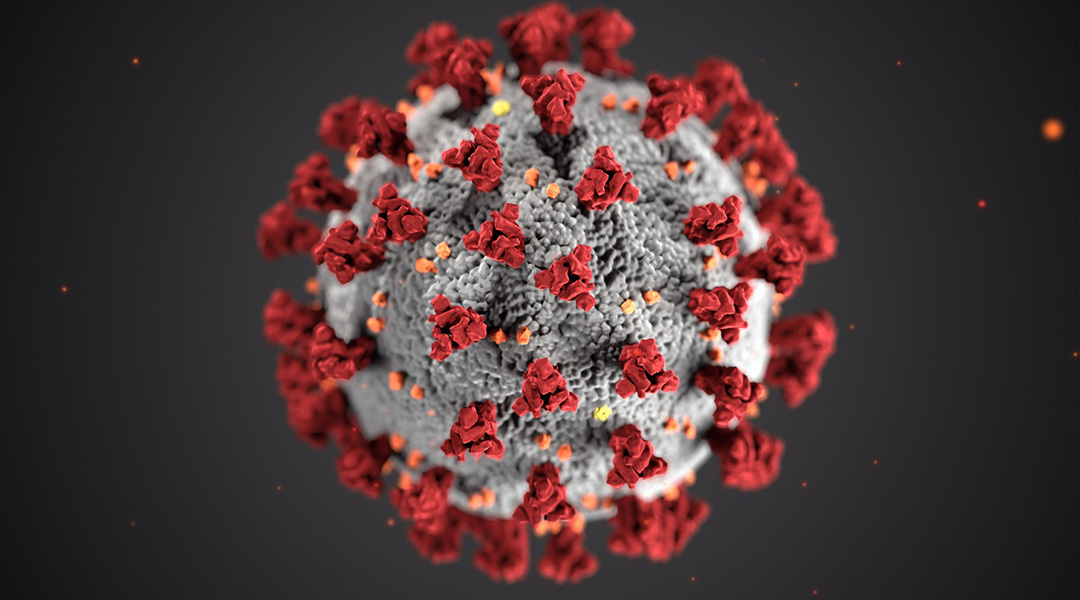
Researchers at UT Austin hope their computer model of COVID-19 can help other scientists in developing new drugs against the virus.
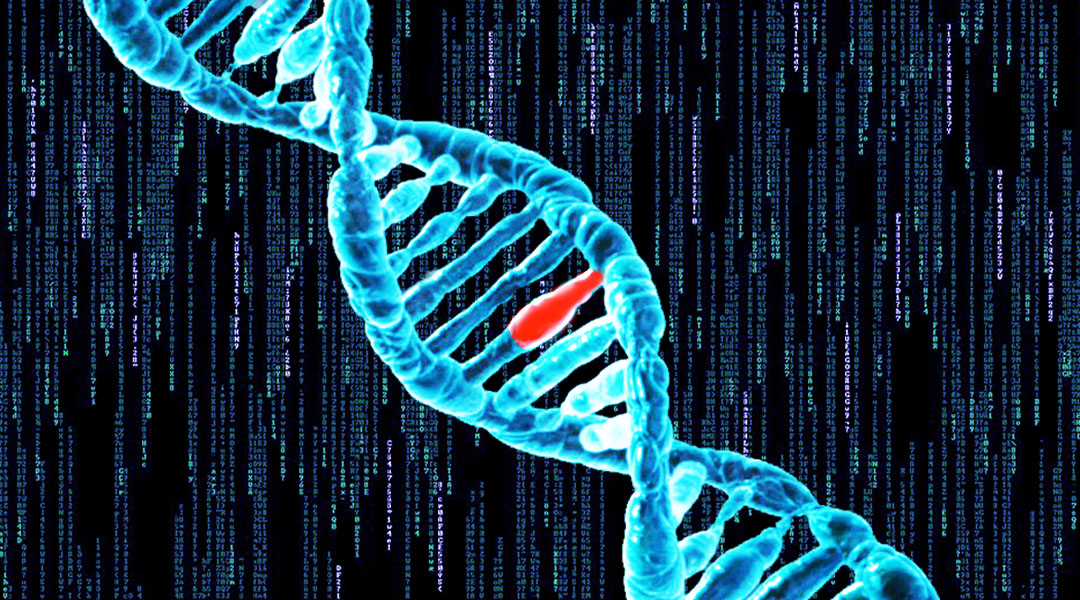
Computer modeling decodes the chemistry carried out by complex DNA repair enzymes to remove DNA damage caused by environmental exposure.
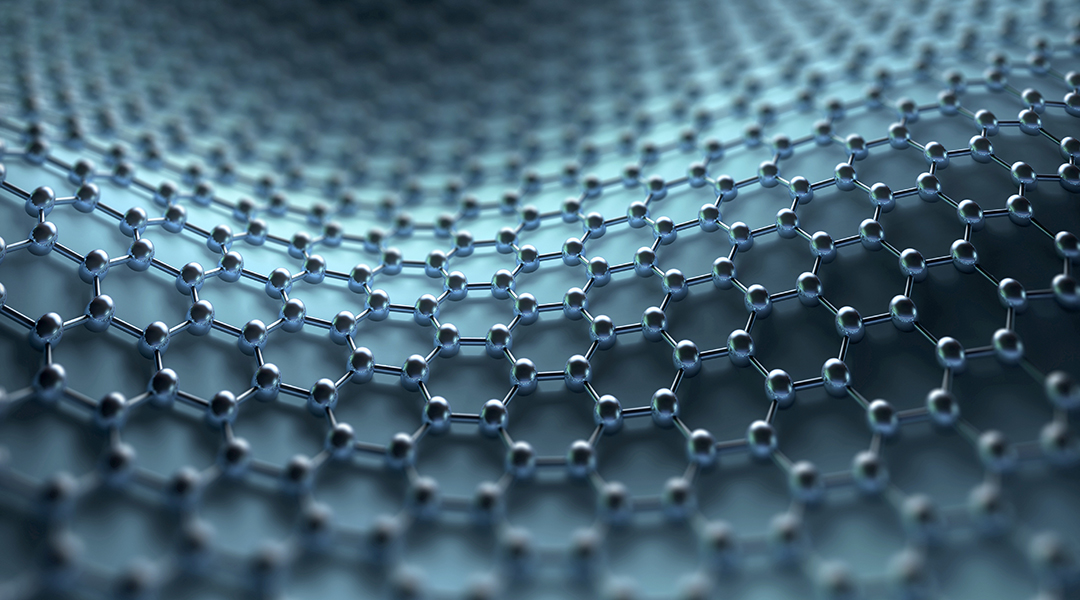
Computational screens allow researchers to efficiently determine how different elemental combinations can alter material properties to quickly identify 2D materials for next generation battery anodes.